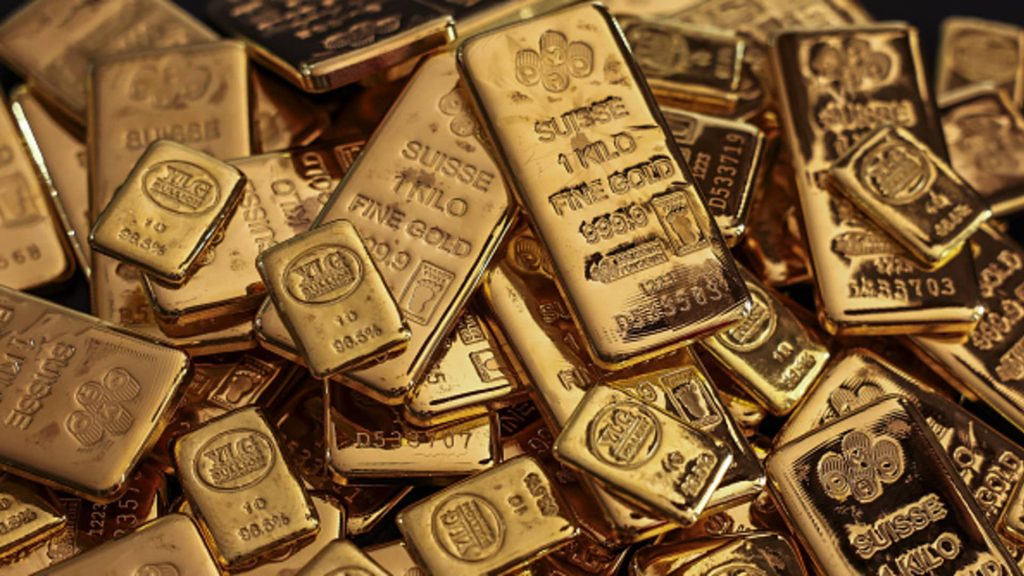Geopolitical factors and structural changes in the market have set the stage for gold to potentially reach $2,600 per ounce within the next year. Market veteran Juerg Kiener, chief investment officer at Swiss Asia Capital, believes that the current forward curve analysis for gold looks promising, with a potential rise to $2,600 as demand continues to increase. The recent record highs for gold, including a price of over $2,300 per ounce, have sparked discussions among investors about how much higher the price can go in the near future.
Kiener pointed to several reasons for his optimistic outlook on the gold price, including an inventory collapse in the gold market that is putting derivative structures at risk. He also mentioned the impact of geopolitical events, a shift towards a more multipolar world, and changing international trade structures as contributing factors to the potential increase in gold prices. Additionally, the substantial amounts of money being printed by governments around the world are driving interest in gold as a safe haven asset and a hedge against inflation.
The ongoing geopolitical tensions in various regions, such as the conflicts in Gaza and Ukraine, along with uncertainties surrounding the upcoming U.S. election and the possibility of a recession in major economies, have provided a supportive backdrop for the bullish case for gold. Furthermore, the potential for interest rate cuts by the U.S. Federal Reserve, with three cuts expected this year, adds to the attractiveness of gold as investors seek alternatives to traditional fixed-income assets like bonds.
There is also a noticeable shift in demand for gold from Western countries to Asian markets, particularly in countries like China. Chinese investors and households have shown increasing interest in gold as an alternative asset as economic uncertainties persist in the country. The World Gold Council reported growing demand for gold in Asia, reflecting a broader trend of rising interest in precious metals among BRIC countries. Central banks have also been diversifying their reserves by increasing their holdings of gold, further supporting the upward trend in gold prices.
Overall, the combination of geopolitical tensions, structural changes in the market, and increased demand from regions like Asia and the BRIC countries is painting a positive outlook for the future of gold prices. With factors like inventory collapses, geopolitical uncertainties, potential interest rate cuts, and a shift towards precious metals in emerging markets all contributing to the bullish case for gold, it’s no surprise that experts like Juerg Kiener are predicting a potential rise to $2,600 per ounce in the near to medium-term. Investors will continue to watch the gold market closely as they evaluate their investment options in the face of global economic uncertainties.















